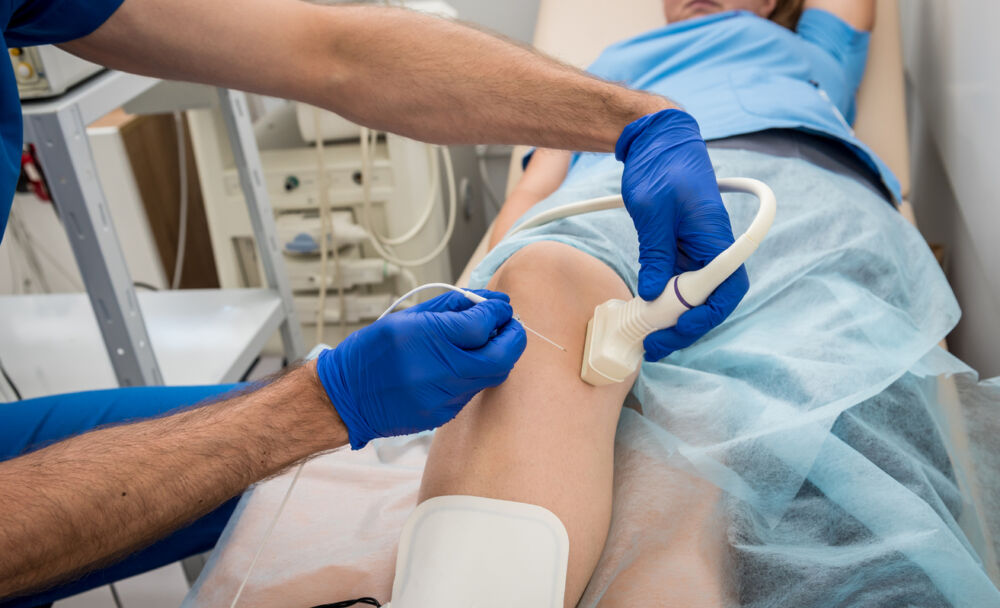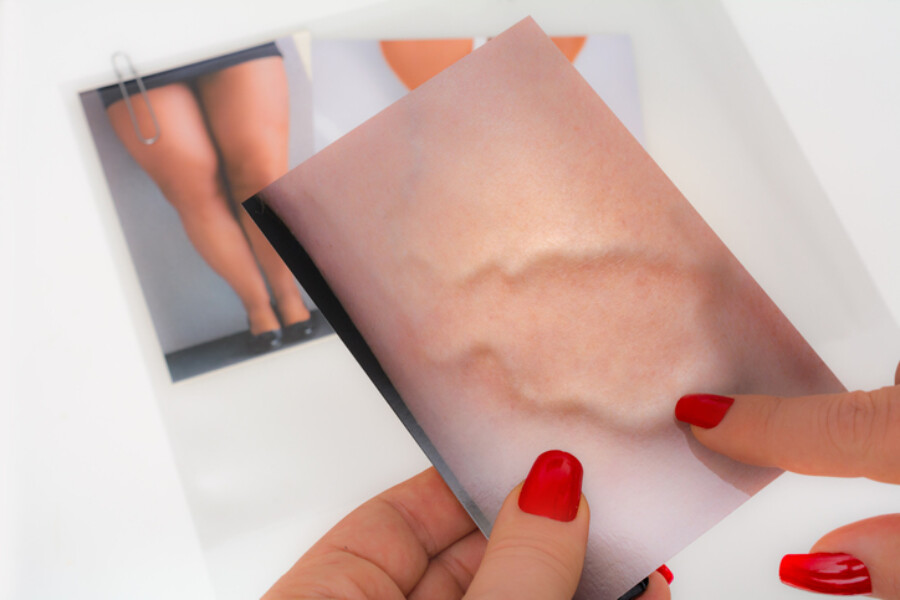
Does Radiofrequency Ablation Work?
The minimally invasive RFA procedure is a very successful treatment for varicose veins.

Swollen veins don’t always indicate a vascular disorder. But if the symptoms become severe or intense, it’s time to see a vein specialist.
Do those protruding veins on your legs and feet signal a serious vein disorder? Although seeing unsightly swollen veins can be upsetting, it doesn’t necessarily mean you have an underlying vascular issue.
Under certain circumstances, bulging veins are quite normal and may be a temporary occurrence. Whether your veins are unhealthy or not depends on a number of factors, including the severity of your symptoms. Understanding why bulging veins occur will help you determine whether you should seek treatment.
As part of the circulatory system, veins and arteries work together to provide organs, tissues, and cells with oxygen-rich blood. Arteries circulate oxygenated blood from the heart to your tissues and organs. Veins return the deoxygenated blood to the heart so it can be flushed again with oxygen. This process is facilitated by small one-way valves in the leg veins that close and push the blood upward to the chest.
Due to aging, pregnancy, and weight gain, these one-way valves can lose strength, weaken, and cause blood to pool in the leg veins. This buildup of blood stretches the vein walls to the point that a vein pops out and becomes a visible varicose vein. Known as venous insufficiency, the poorly functioning vein valves can cause pain, swelling, and skin changes. If these symptoms get to the point that quality of life is reduced, treatment by a vein physician is needed.
Spider veins, which are thin webs of blue and purple veins on the legs, feet, or face, can signal a circulatory problem in the veins. Although spider veins don’t bulge as varicose veins do, they can be symptomatic, causing swelling, itchy, and irritation.
However, not every enlarged vein on the leg or foot is the result of venous insufficiency. Sometimes, veins may protrude after a vigorous workout that raises your blood pressure. That’s why bulging veins are common among serious bodybuilders and weightlifters.
During pregnancy, the extra blood rushing through the veins, combined with hormones that weaken the vein walls, contribute to the development of varicose veins. After delivery, the varicose veins usually disappear. In addition, our skin thins as we age, causing purple veins to appear more visible from under the skin, especially veins on the back of the hands.
A deciding factor on seeking treatment is whether the veins are causing acute symptoms that make daily activities difficult. Pain, swelling, cramps, heaviness, itching, restless legs at night, and leg ulcers indicate a problem within the veins. If none of those situations apply to you and you notice swollen veins, treatment may not be necessary.
If symptoms are present, a vein specialist can examine your veins. The vein specialist will perform an ultrasound to determine how blood is moving through your veins or if there are any clots. It’s important to receive treatment for problematic varicose veins, because the longer you delay therapy, the more likely serious complications will develop. For instance, long-term venous insufficiency can lead to slow-hearing sores that are hard to treat and prone to infections.
Even more serious is the potential for blood clots to form when venous insufficiency is left untreated. The medical term for this condition is deep vein thrombosis (DVT), or a clot deep within the vein. It causes noticeable symptoms, including warm skin and painful swelling. DVT can be potentially life-threatening if the blood clot breaks away and lodges in the lungs, possibly leading to a pulmonary embolism. Chest pain and labored breathing are indications of a pulmonary embolism and require immediate medical intervention.
Prompt attention by a qualified vein specialist can reduce the risk of these complications. Today’s treatments for varicose veins are brief, minimally invasive, and require little downtime. Procedures include sclerotherapy, during which a safe solution is injected into the vein to seal it. Other treatments eliminate varicose veins using the heat of a laser or radiofrequency waves. The heat is delivered on the tip of a catheter that is inserted into the vein. Another popular treatment is ambulatory phlebectomy. During this minimally invasive procedure, the bulging vein is removed through two tiny incisions.
While these are among the most common treatments for varicose veins, there are other newer innovations to explore with your vein specialist.
As you consider treatment, you can reduce your symptoms and prevent the varicose veins from becoming worse. Self-care treatments such as compression stockings, exercise, losing weight, and simply elevating your legs for 30 minutes a day have proven successful in lessening varicose veins symptoms. But what’s important is to seek treatment when you experience any usual changes or symptoms related to your veins.
Your vein health plays an essential role in your overall well-being. If you have varicose veins, spider veins, or notice heaviness and pain in your legs, visit a vein specialist for an evaluation. Make an appointment today with a physician at Center for Vein Restoration.